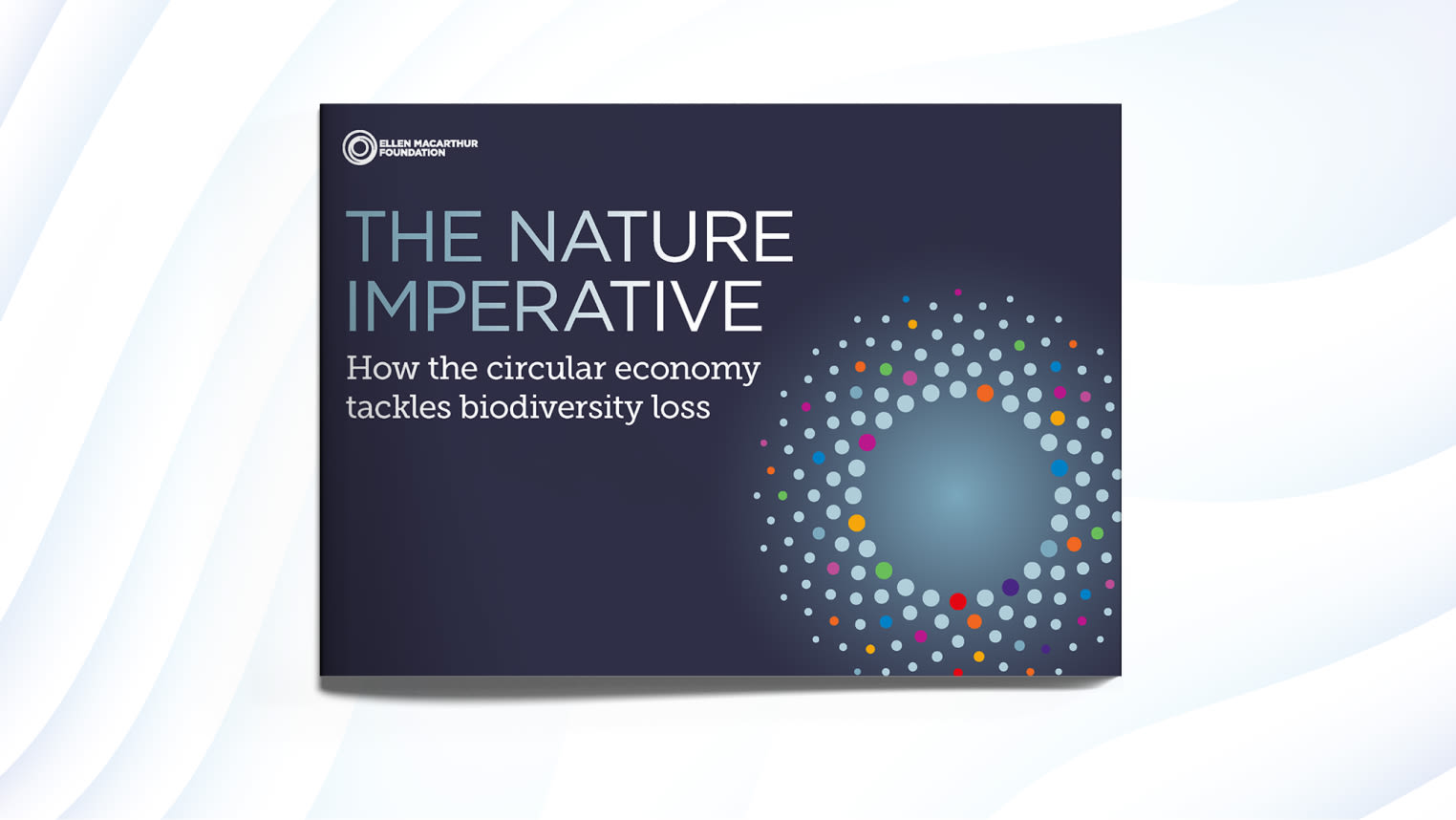GreenWave has developed a polyculture model that grows a mix of seaweed and shellfish called regenerative ocean farming, which allows cultivation to take place whilst enabling biodiversity to prosper. The technique involves suspending a simple structure of ropes and buoys between the sea surface and seabed, on which scallops, clams, oysters, mussels, and seaweeds, are grown at different depths. A mature, twenty acre regenerative ocean farm can produce up to 68 tons (~61.7 tonnes) of nutritious seaweed and 250,000 shellfish. These harvests can be used as ingredients in novel food products - such as the range of seaweed products made by Seamore - processed to create fertiliser or animal feed for the agricultural sector, or transformed into materials for other industries. Studies on seaweed aquaculture more broadly have shown that farming 0.03% of the ocean’s surface area in this way could offer an economic opportunity of USD 500 billion and create 50 million jobs, helping to revitalise local communities that have long relied on the sea for their livelihoods.
Biodiversity benefits
GreenWave’s regenerative ocean farms can turn barren patches of ocean into thriving reefs, attracting biodiversity and rebuilding degraded coastal ecosystems. The farms can provide storm surge protection for coastal communities and require zero inputs: no fresh water, fertilizer, land, or feed. Studies have also shown that in general, growing seaweed can enhance water quality and absorb nutrient run-off, with the production of 500 million tons (~ 453.6 million tonnes) of seaweed having been estimated to be able to assimilate 10 million tons (~ 9.1 million tonnes) of nitrogen from seawater, equaling some 30% of the nitrogen estimated to enter the ocean. At the same time, these actions offer substantial carbon sequestration potential: growing seaweed in less than 5% of U.S. waters could absorb 135 million tons of carbon (~450 million tonnes of CO2).
This page is part of a deep dive into biodiversity and food, where we delve deeper into regenerating nature by redesigning food systems.







